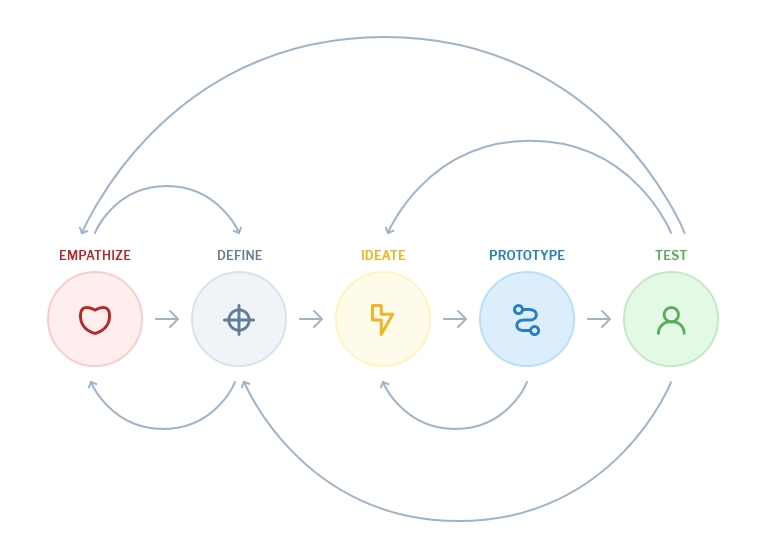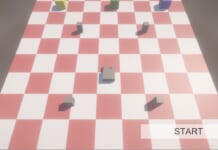目次
In the previous article on designing for deep user engagement, I introduced a bicycle as a way to visualize UX and PX. With this new visualization in mind, let’s dig deeper to understand the differences between UX and PX in terms of thinking. In particular, between Design Thinking (UX) and Game Thinking (PX). Understanding the differences between the two allows us to clearly define roles when integrating UX and PX processes. Without this distinction, there will be confusion and possible conflict when trying to merge processes.
For instance, when trying to introduce PX into a project using a UX Process, or vice versa.
What is Design Thinking?
Design Thinking is a “problem-solving” process


Design Thinking has five stages
- Empathize: emphasize with your users
- Define: define user needs, user problems, and insights
- Ideate: challenge assumptions and come up with ideas for innovative solutions
- Prototype: turn the ideas into testable prototypes
- Test: use the prototypes to test the ideas
Design thinking is an iterative design process used by a wide range of designers and creators, including UX designers, to create innovative solutions to user needs and problems. Design thinking involves all five stages described above.
What are the goals of design thinking?
This traditional design process solves user problems, not user motivation. In Design Thinking, when a user solves a problem, that’s the goal. This process helps creatives come up with ways for users to solve their problem and reach their goal.
For example, in a note-taking application, a goal might be to “create a new note”. Once the user creates a new note, the goal is complete.
Sure, the user can move on to another goal such as deleting the note or creating a new note again, but it’s not emotionally engaging. You may be happy that you completed a goal such as creating a new note, but does it make you jump out of your seat in victory? Does it make you want to create a hundred new notes? No.
Design Thinking does not design for re-engagement. It won’t motivate customers to return and use the product over long periods of time. It won’t motivate the user to create a hundred new notes.
Users come back and make new notes not because they are emotionally engaged, but because the product solves a problem that matters to them (taking notes).
The user is returning to solve the problem again (take notes), not to feel something again.
Next time: Practice! Let’s apply our learning with the fictitious application “Stormie”
To help explain the differences between Design Thinking (UX) and Game Thinking (PX), I created a fictitious mobile application called “Stormie”. In the next article, I will explain step-by-step how I used the Design Thinking process to create the application UX.































![[Series] PX, the missing link for XD: Design Thinking (UX) vs. Game Thinking (PX) (Deep user engagement, Part 2) [Series] PX, the missing link for XD: Design Thinking (UX) vs. Game Thinking (PX) (Deep user engagement, Part 2)](https://spirits.appirits.com/wp-content/uploads/2020/07/design-thinking-vs-game-thinking-1200x675-2-768x432.jpg)











